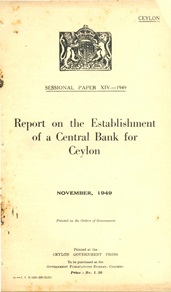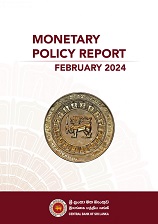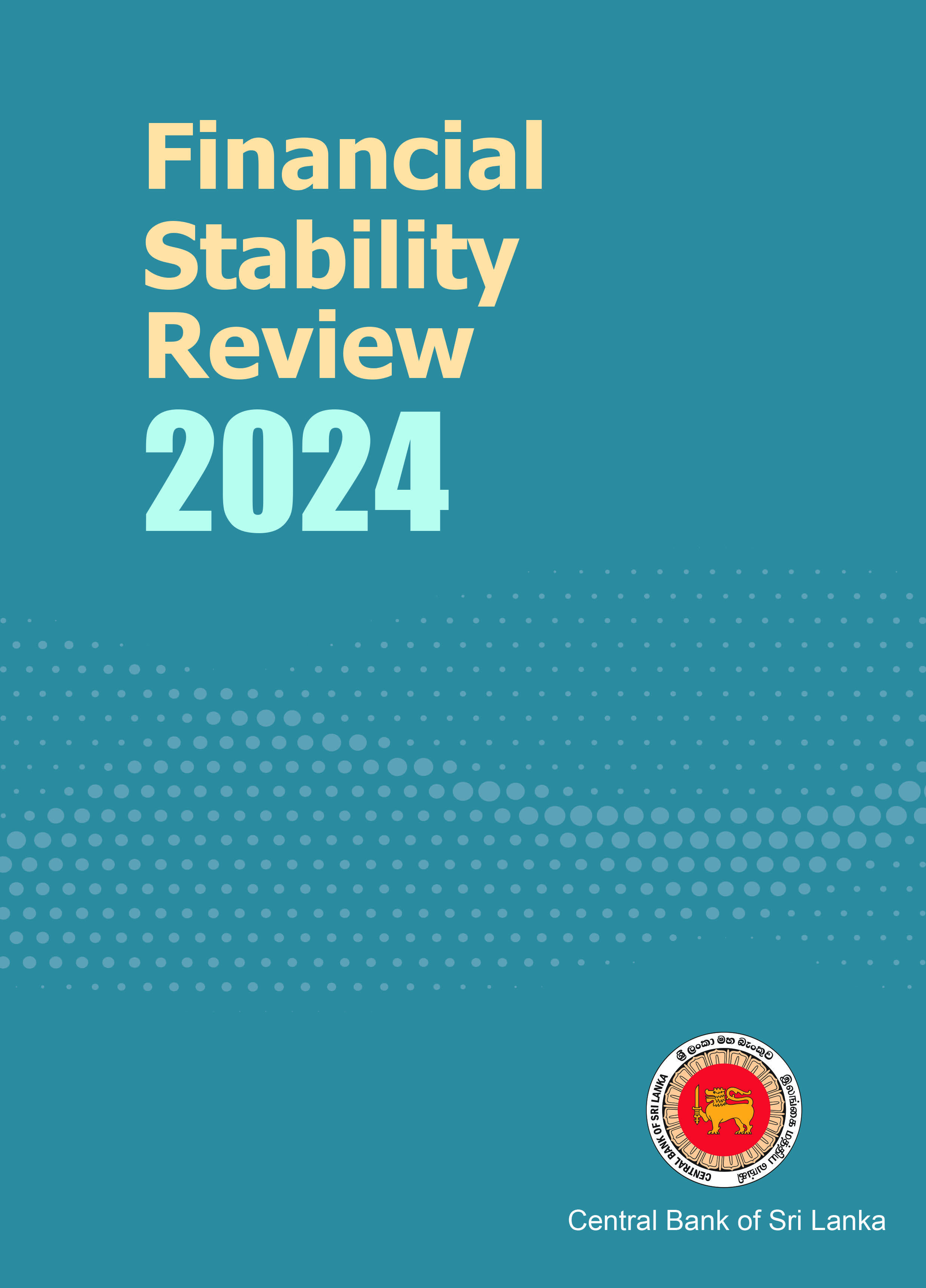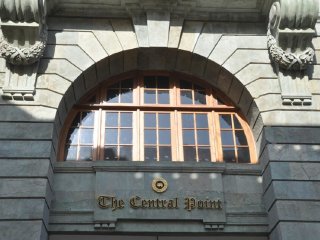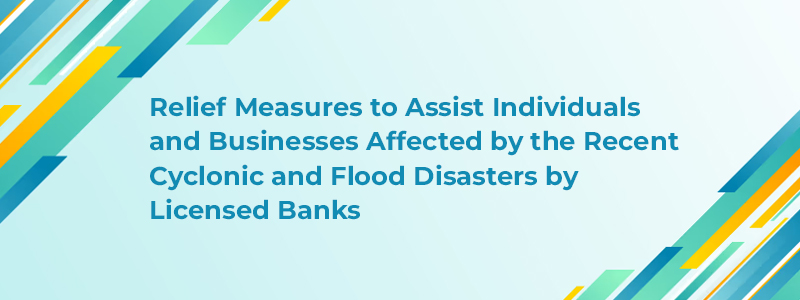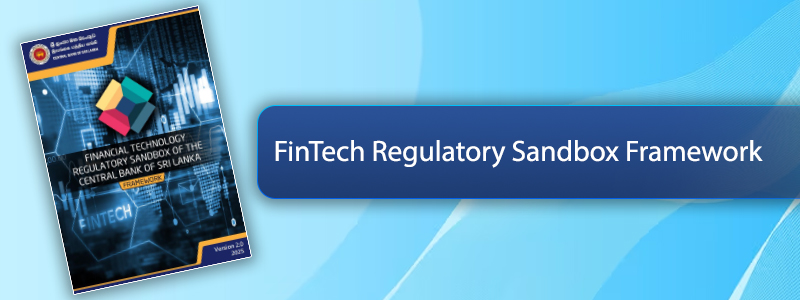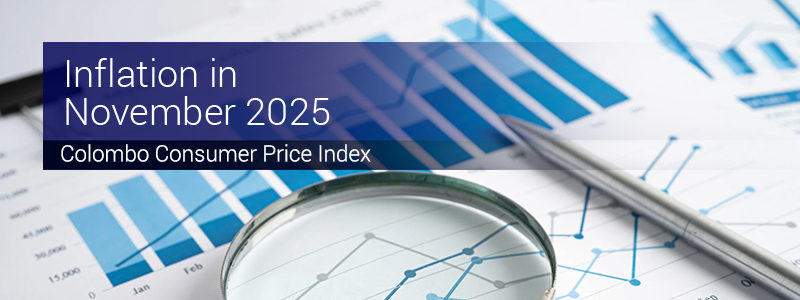With a view to further liberalizing capital flows and simplifying the processes associated with current account transactions and various types of foreign currency/Rupee accounts, the Government declared in its Budget Proposals for 2016, that a new foreign exchange law will be introduced.
In keeping with this announcement, a new legislative and policy framework for foreign exchange operations has been implemented by the Foreign Exchange Act, No. 12 of 2017 with effect from November 20, 2017, repealing the Exchange Control Act, No. 24 of 1953. Provisions of the new Act are being implemented through the newly established Department of Foreign Exchange in the Central Bank of Sri Lanka.
Relevant Regulations and Orders made under the new Act by the Hon. Minister of National Policies and Economic Affairs have been published in the Gazette Notification No. 2045/56 dated November 17, 2017, while Directions have been issued to Authorized Dealers by the Director of Department of Foreign Exchange on November 20, 2017.







